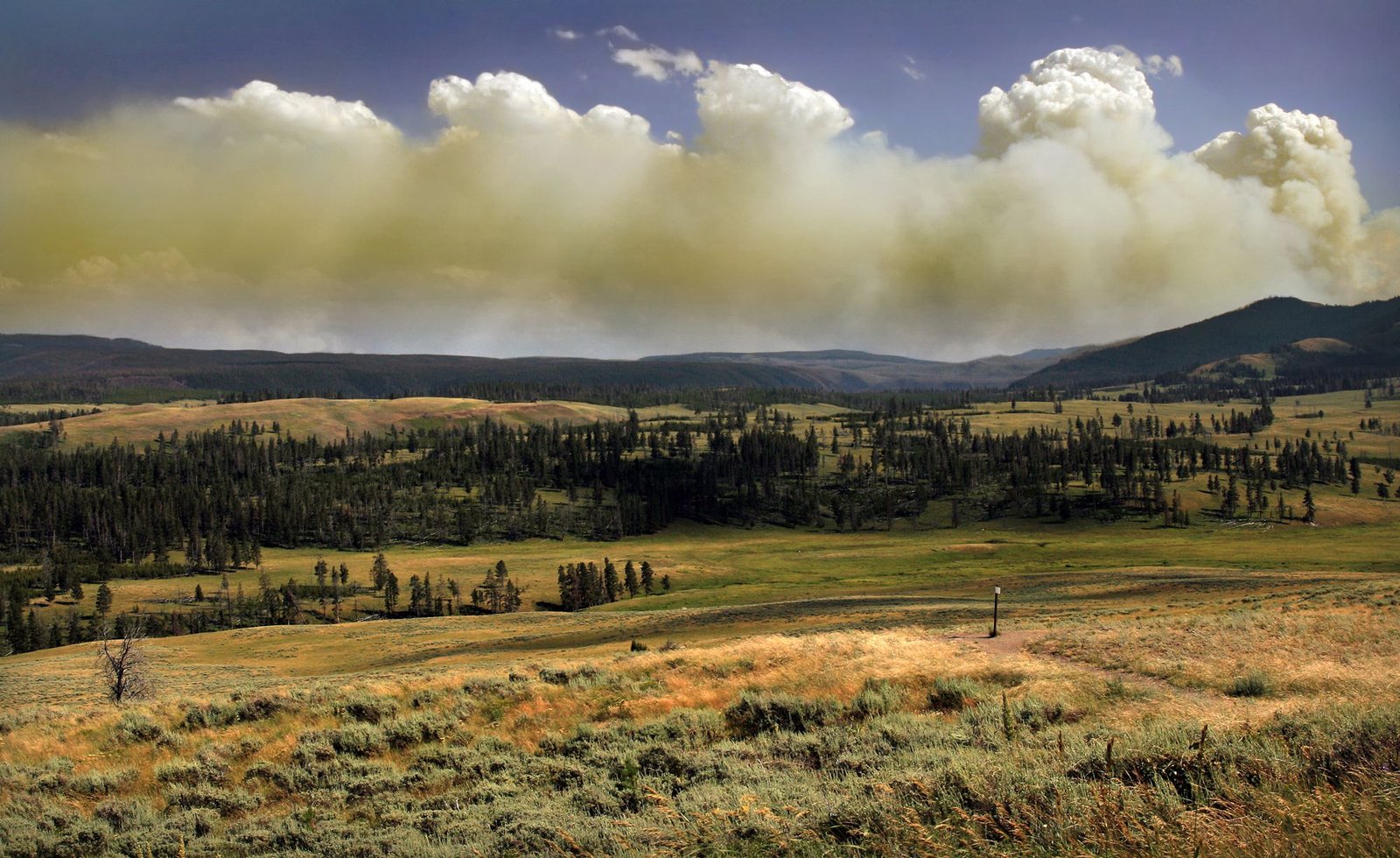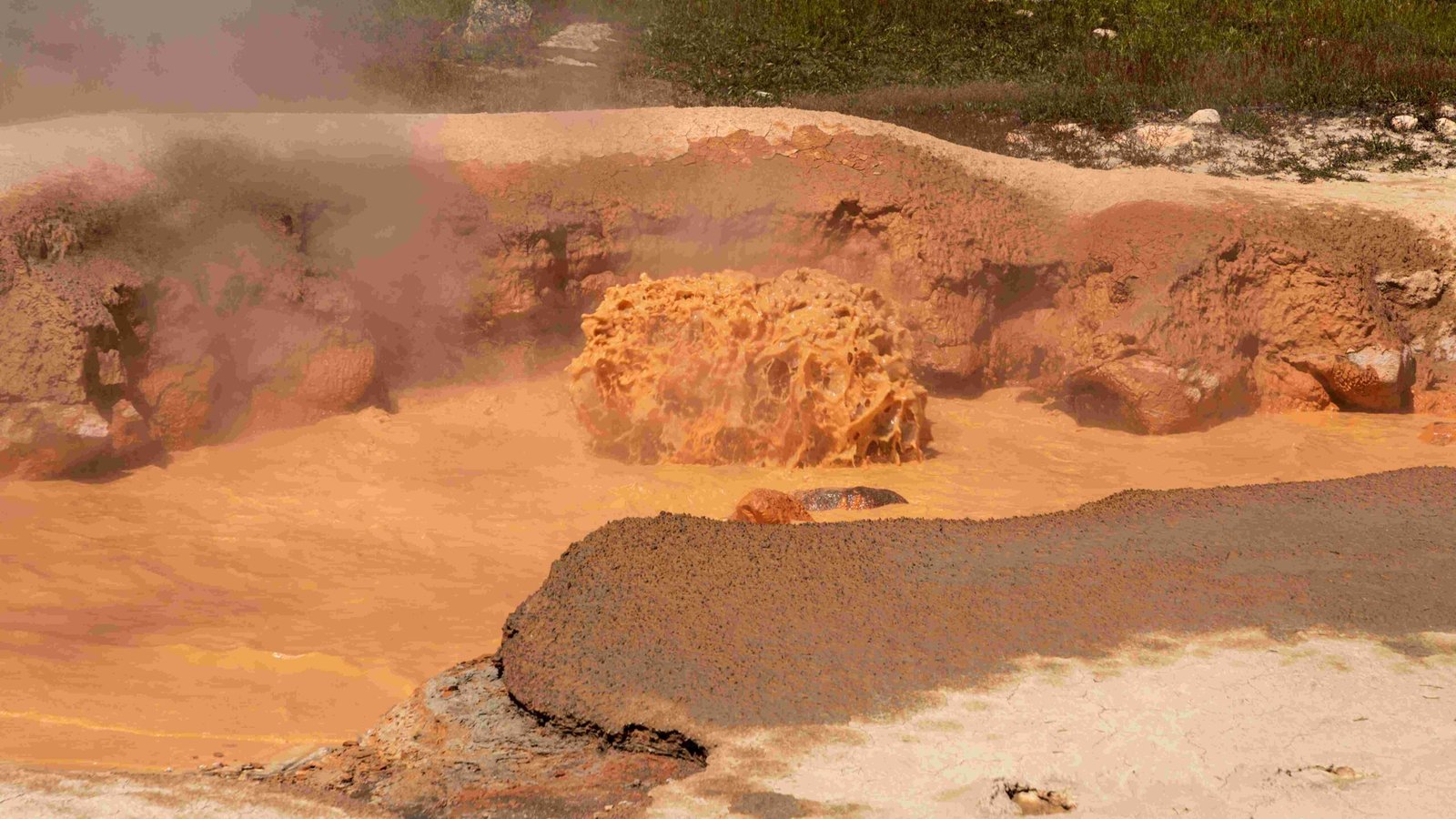The Yellowstone National Park volcano uplift has been a subject of intense scientific scrutiny. Recent data indicates a shift from uplift to subsidence in the Yellowstone Caldera since 2015. This change in ground movement, coupled with ongoing geothermal activity and magma chamber dynamics, provides crucial insights into the volcanic system’s behavior. Understanding these processes is vital for assessing potential risks and managing one of the world’s most famous supervolcanoes.
What is the Current Status of Yellowstone Caldera Uplift?

Contrary to popular belief, the Yellowstone Caldera is currently experiencing subsidence rather than uplift. Since 2015, the caldera has been sinking at a rate of approximately 1-2 inches (2.5-5 cm) per year. This trend represents a significant shift from the period between 2004 and 2008 when the land surface within the caldera showed notable uplift, averaging about 75 millimeters (3.0 inches) annually.
The current subsidence pattern is not uniform across the caldera:
- Some areas may subside faster than others
- Minor interruptions occur during summer months
- Seasonal changes in groundwater and snowmelt influence the rate
It’s important to note that these ground movements are part of the natural breathing cycle of the Yellowstone volcanic system and do not necessarily indicate an imminent eruption.
How Does Geothermal Activity Reflect Yellowstone’s Volcanic Nature?

Yellowstone’s geothermal features serve as windows into the park’s volcanic underpinnings. Recent observations highlight the dynamic nature of this activity:
- Hydrothermal Explosions:
- July 2024: Black Diamond Pool experienced a significant explosion
-
Water, mud, and rock fragments were ejected
-
Geyser Eruptions:
- Giant Geyser in the Upper Geyser Basin erupted for the first time since 2019
- Reactivation of older thermal features observed
-
Formation of new thermal features reported
-
Hot Springs and Mud Pots:
- New mud volcano emerged on the SW flank of Sour Creek resurgent dome
- Minor mud flow accompanied the new formation
- A new hot spring appeared following a hydrothermal explosion
These geothermal events demonstrate the ongoing activity beneath Yellowstone’s surface and provide valuable data for scientists monitoring the park’s volcanic system.
What is the Current Volcanic Risk Assessment for Yellowstone?
Assessing the volcanic risk at Yellowstone involves analyzing various factors:
Potential Eruption Scenarios
| Scenario | Likelihood | Potential Impact |
|---|---|---|
| Supereruption | Extremely low | Catastrophic, global effects |
| Moderate eruption | Low | Regional impacts |
| Hydrothermal explosion | Moderate | Localized damage |
| Continued geothermal activity | High | Minimal impact |
Currently, there is no evidence suggesting an imminent cataclysmic eruption. The Yellowstone Volcano Observatory (YVO) and other scientific bodies closely monitor the area, but predicting volcanic eruptions remains challenging.
Historical Context
- Last supereruption: Approximately 640,000 years ago
- Previous major eruptions:
- Huckleberry Ridge eruption (2.1 million years ago)
- Mesa Falls eruption (1.3 million years ago)
- Lava Creek eruption (640,000 years ago)
The long intervals between these events suggest that the probability of a supereruption in the near future is extremely low.
How Do Scientists Monitor Yellowstone’s Volcanic Activity?
The Yellowstone Volcano Observatory employs a comprehensive monitoring system:
- Ground Deformation Monitoring:
- Leveling surveys
- Satellite radar interferometry
-
Continuous GPS instruments
-
Seismic Activity Tracking:
-
Network of broadband seismometers
-
Geothermal Feature Observation:
- Regular surveys of hot springs, geysers, and fumaroles
-
Temperature and chemical composition measurements
-
Atmospheric Monitoring:
- Meteorological sensors
- Infrasound arrays
These systems provide real-time data on the park’s geological activities, allowing scientists to detect any significant changes that might indicate increased volcanic risk.
What Are the Characteristics of Yellowstone’s Magma Chamber?
Understanding the magma chamber beneath Yellowstone is crucial for assessing its volcanic potential:
Size and Composition
- Length: Approximately 80 km (50 miles)
- Width: About 20 km (12 miles)
- Volume: Estimated 4,000 cubic kilometers (960 cubic miles)
- Molten rock content: Only 6-8% of the chamber
The relatively low percentage of molten rock suggests that the magma chamber is not currently primed for a supereruption.
Pressure Dynamics
The magma contains dissolved gases kept in solution by immense pressure. Changes in this pressure can lead to:
- Gas bubbles forming in the magma
- Magma expansion
- Potential triggering of eruptions
However, current data indicate that the proportion of molten rock is too low to support a supereruption in the foreseeable future.
How Can Visitors Learn About Yellowstone’s Volcanic Features?
Yellowstone National Park offers numerous opportunities for visitors to engage with its geological wonders:
- Educational Programs:
- Ranger-led talks on volcanic and geothermal features
-
Junior Ranger programs focusing on geology
-
Geological Tours:
- Guided walks through geyser basins
-
Bus tours highlighting volcanic landforms
-
Visitor Centers:
- Exhibits on Yellowstone’s volcanic history
-
Interactive displays explaining current monitoring efforts
-
Online Resources:
- Virtual tours of geothermal areas
- Live webcams of popular geysers
It’s important to note that some areas may be restricted due to ongoing geological activities or safety concerns. Visitors should always follow park guidelines and stay on designated trails.
In conclusion, while the Yellowstone National Park volcano uplift has transitioned to subsidence in recent years, the park’s volcanic and geothermal systems remain active and dynamic. Ongoing scientific monitoring and research continue to provide valuable insights into this extraordinary geological wonder, ensuring both public safety and a deeper understanding of one of Earth’s most fascinating volcanic regions.
References:
1. Yellowstone Caldera – Wikipedia
2. Yellowstone – Global Volcanism Program
3. Idaho Capital Sun – Yellowstone Earthquake Report
